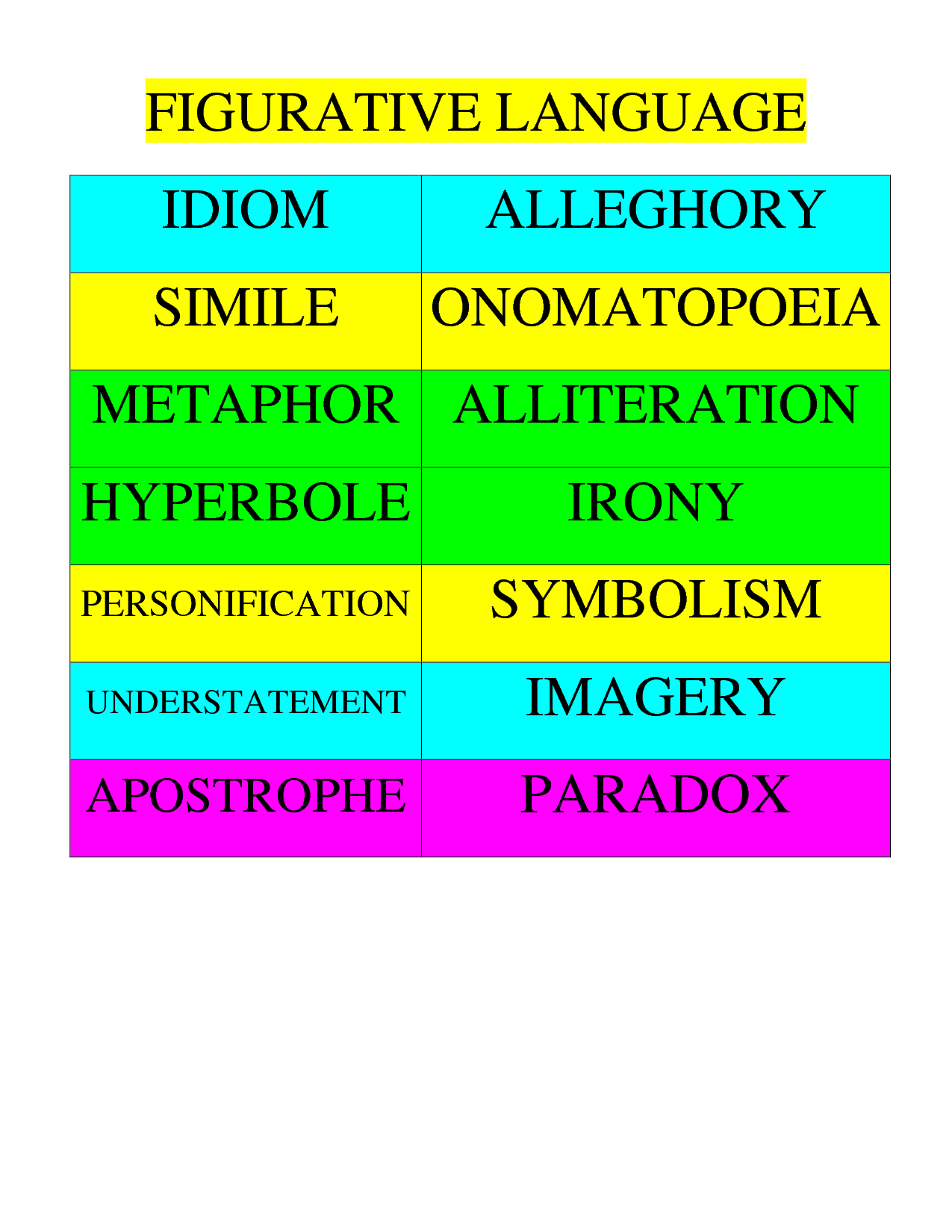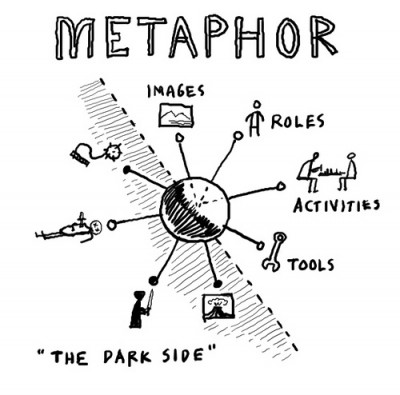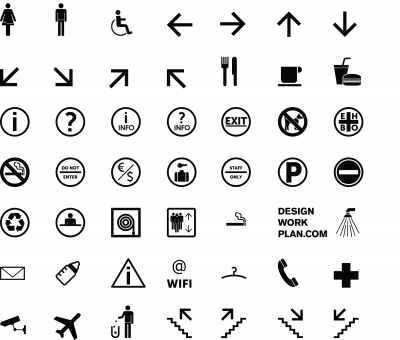Difference Between Symbol and Metaphor

Metaphor is the use of a word or group of words in a figurative sense or the convergence of the two concepts on the basis of a similarity between them. This technique is often used in literature and journalism to make a stronger impression on the reader.
Symbol, on the other hand, is a text or shape that can be used as icons that are not in the standard character set or format. Nowadays, symbols are not commonly found but you can make it by the independent creation of the desired character.
Others are Reading
Instructions
-
1
Metaphor
In order to find a metaphor in the text, read the whole text. Pay attention to the style of the text. Fiction and non-fiction texts will be used to several different metaphors. In a scientific text, metaphors are often absent. Metaphor in the text of the scientific content of sounds can be attributed to journalism.
For metaphors in literature, the term poetic metaphor is used regardless of whether the text is poetic or not. Poetic metaphor rarely limited to a single word or phrase. More often it is the so-called "detailed metaphor" when a phenomenon of reality is described metaphorically.
Sometimes, over time, due to the frequent use of metaphor is no longer perceived by native speakers as such and becomes a "metaphor erased".
When you think you've found a metaphor, check your guess by trying to replace the word or phrase on a word or phrase with a direct value, to paraphrase the proposal so that it sounded not figuratively.
Image courtesy: communicationnation.blogspot.com

-
2
Symbol
A symbol is a representation of something by association, such as the letters we use in the language and in this regard you can say that all languages consist of sets of these symbols. When you go down the street, we see symbols representing "stop", "cross", etc., And the maps are full of these. The symbols are in our culture, the arts (e.g. musical notes), religion, politics, business, sport, etc. In short, their utility is huge. They allow us to refer to things that are not necessarily present. Etymologically, the word comes from the Greek symbol "sýmbolon" whose roots in turn mean something as joint incident or occurrence, or simply "sign".
The important thing is that the symbol represents something other than the representation itself. We can even react to symbols like "things" that are really there. Some make a difference between a symbol and a sign, saying that the sign is a thing known, while the symbol represents something more abstract and difficult to define.
Image courtesy: signsanddisplays.wordpress.com

Posted by mario in General Knowledge







